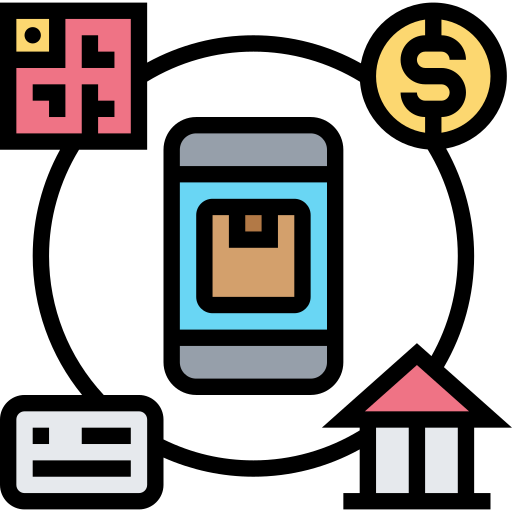What is AEPS (Aadhaar Enabled Payment System)?
AEPS (Aadhaar Enabled Payment System) is a digital payment system that allows users to perform banking transactions using their Aadhaar number and biometric authentication (fingerprint or iris scan) instead of a debit card or PIN. It is mainly used in rural areas where people may not have access to traditional banking facilities.
Why is AEPS Used in Business?
AEPS is widely used by banking agents, retailers, and financial service providers to offer easy banking services to customers. Here’s why businesses use AEPS:
1. Cash Withdrawal & Deposit
- Customers can withdraw or deposit money using Aadhaar-linked bank accounts.
- No need for an ATM card or smartphone.
2. Balance Inquiry & Mini Statement
- Users can check their account balance and last few transactions instantly.
- Reduces the need for physical bank visits.
3. Fund Transfers (Aadhaar to Aadhaar Transfer)
- Allows instant money transfers between Aadhaar-linked bank accounts.
- Beneficial for rural banking and financial inclusion.
4. Secure Biometric Authentication
- Uses fingerprint or iris scan instead of PINs for transactions.
- Reduces fraud risks associated with card-based transactions.
5. Works in Rural & Remote Areas
- No need for internet banking or a smartphone.
- AEPS transactions can be done at local retailers or banking agents.
6. Commission-Based Earning for Agents
- Business owners, retailers, and banking agents earn a commission on every transaction they process.
- Ideal for shop owners, mobile recharge stores, and micro-finance providers.

Who Uses AEPS?
✔ Retailers & Small Business Owners – Offer banking services and earn commissions.
✔ Banking Agents (BCs – Business Correspondents) – Provide financial services in rural areas.
✔ E-commerce & Payment Service Providers – Integrate AEPS to expand digital banking solutions.
✔ Rural & Semi-Urban Customers – Use AEPS for banking without ATMs or bank branches.
AEPS is a powerful system that promotes cashless transactions and financial inclusion.
